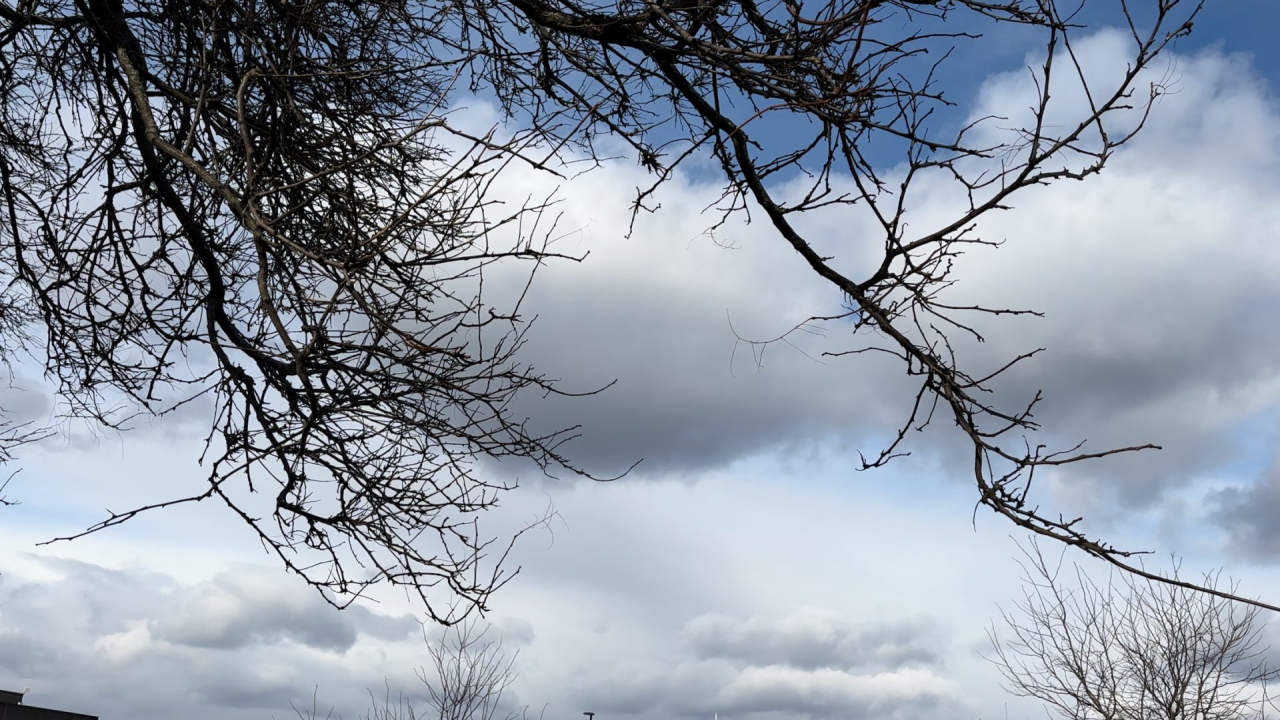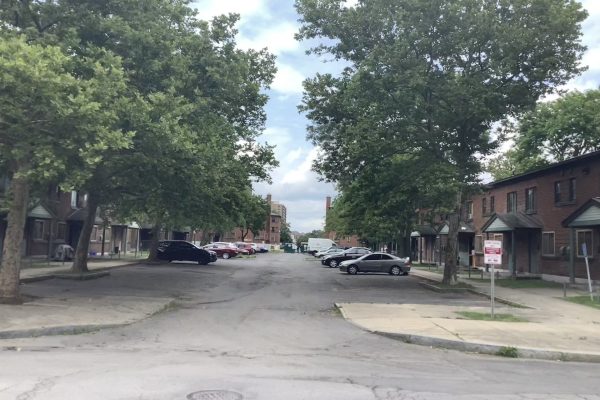
SYRACUSE, N.Y (NCC NEWS) — It is the time of year again when it is getting dark early, temperatures are dropping, and the snow is starting to pick up. For many, this time of year is extraordinarily difficult, as people may go through periods of time where they do not feel like their usual selves. For some though, these mood changes can be indicative of something greater.
Seasonal affective disorder, or S.A.D, is a type of depression that’s related to changes in seasons. Most people with S.A.D experience symptoms that start in the fall, continue into the winter months, and often resolve during the spring and summer. These symptoms frequently include feelings of sadness and sluggishness, oversleeping, and weight gain.
The American Psychiatric Association estimates that about five percent of adults in the U.S. experience S.A.D, but that number may be higher among college students. A study conducted in northern New England in 1998 found that 13.2% of students surveyed experienced S.A.D.
While the study is over twenty-five years old, students like Aryan Daga, a senior at Syracuse University, believe its results make sense now more than ever.
“The wintertime coincides with finals. It’s the last part of the semester….the cold weather coinciding with finals which only increases stress which has a lot to do with what you’re calling seasonal affective disorder…”
It is important to note that S.A.D is more than just the wintertime blues. The symptoms can be overwhelming and interfere with daily functioning. S.A.D has been linked to a biochemical imbalance in the brain prompted by shorter days and less sunlight in winter. As seasons change, people experience a shift in their circadian rhythm that can cause them to be out of step with their daily schedule. Because of this, some Syracuse University students have strategies to combat feelings of depression and remain productive this time of year.
Senior Tasha Romano says, “The main way I try to combat this [S.A.D] is getting all my work done before the sun goes down…I have a sunlight lamp that basically simulates sunlight….that can actually reduce feelings of seasonal depression—I find that very very useful.”
Students at Syracuse University can take advantage of the school’s resources which include light therapy at Barnes Center, but if you think you may be experiencing seasonal depression, please do not hesitate to reach out to your doctor.




